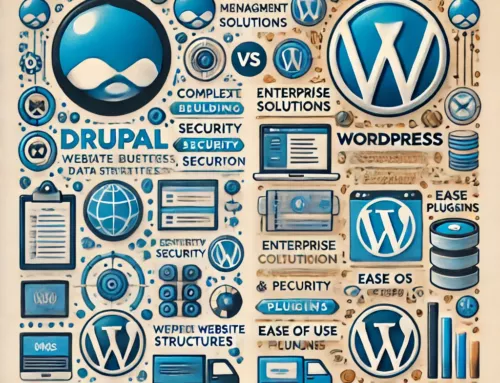Choosing the right software development outsourcing model can have a significant impact on the success of your project and your overall satisfaction with the process. It’s important to consider your needs, budget, and the characteristics of your project when deciding on a model. We’ll examine four popular software development outsourcing models: Time & Materials, Fixed Price, Work Package, and Success Fee.
The Time & Materials model is based on the number of hours worked by the development team, plus any costs incurred in the process. This model is ideal for projects with well-defined goals but unpredictable requirements or unexpected challenges. With Time & Materials, you can adjust the scope of your project as needed, and the software development team can provide regular progress updates and reports to help you manage your budget.
The Fixed Price model, on the other hand, is based on a predetermined amount agreed upon at the start of the project. The software development team takes on all the risk for delivering the project within the specified budget and timeline. This model works well for projects with well-defined requirements, but can be risky if there are any changes or unexpected challenges. It’s important to carefully consider the requirements and budget for your project before choosing a Fixed Price model.
The Work Package model is similar to the Fixed Price model, but is based on a specific set of deliverables. The software development team delivers a specific set of tasks or milestones, and the client pays for each completed task or milestone. This model is ideal for projects with clear goals and well-defined requirements, but also allows for some flexibility in case the project needs to be adjusted.
The Success Fee model is based on the success of the project, typically measured by specific metrics such as user engagement or revenue. In this model, the software development team is paid a percentage of the project’s success, giving them a vested interest in ensuring the project is a success. This model works well for projects with clear goals and success metrics, but can be difficult to implement if the metrics are not well-defined or if there are multiple stakeholders involved.
When choosing a software development outsourcing model, it’s important to consider the following factors:
- Budget: Determine how much you are willing to spend on your project and what level of flexibility you need.
- Project Requirements: Determine the scope of your project and whether it has well-defined goals and requirements, or whether it’s more unpredictable.
- Risk Tolerance: Consider the level of risk you are willing to take on in terms of project success and budget.
- Success Metrics: Determine what success means for your project and how it will be measured.
- Stakeholder Involvement: Consider the level of involvement of stakeholders in the project and their impact on success metrics.
In conclusion, choosing the right software development outsourcing model is an important decision that can impact the success of your project and your overall satisfaction with the process. By considering your needs, budget, and the characteristics of your project, you can make an informed decision and select the model that works best for you. Whether you choose Time & Materials, Fixed Price, Work Package, or Success Fee, it’s important to partner with a software development team that has the experience, skills, and commitment to delivering high-quality results.






